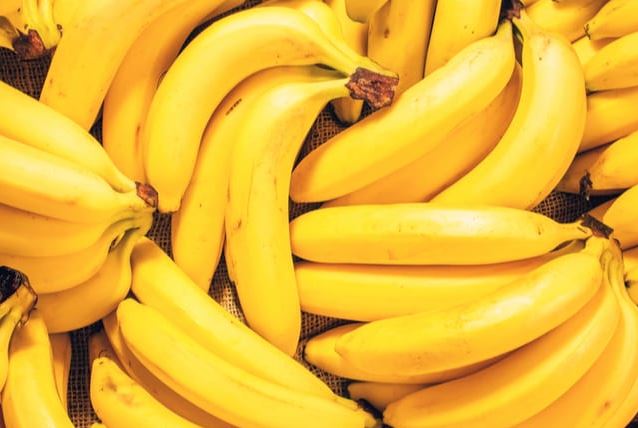When you’re not eating it, you are most definitely thinking about it. Yes, we’re talking about food. Most of us looove food, but how much do you really know about it? From turning your favorite breakfast food into diamonds to exploding fruit into a ball of fire in the microwave, we’ve rounded up a list of the best and least-known facts about food that you can tell your guests at the next dinner party.
These fun-tastic food facts are so surprising that they’ll make you scream, “you’ve got to brie kidding me!”
You Can Turn Peanut Butter into Diamonds
We all love our peanut butter-jelly sammies for breakfast – with or without the crust, we’re not judging – but scientists have found a way to turn your favorite breakfast food into one of the most expensive jewels in the world.
Folks from Germany’s Bayerisches Geoinstitut have discovered a way to turn peanut butter into diamonds because of its rich carbon content. The carbon dioxide in the peanut butter is first separated into carbon and oxygen. Then, the carbon is left under immense pressure until it turns into diamond particles. The process requires sophisticated machinery so sadly you won’t be able to make jewels out of your good ol’ Skippy at home.
The Red Food Color in Skittles is Actually Beetle Juice
Love Skittles? You might never want to eat them again after reading this fun yet slightly disturbing fact about how this popular candy is actually made. The red food dye that is used to color the cherry and strawberry flavored skittles is made from carminic acid, juice from a special kind of beetle called Dactylopius coccus.
Are Your Oysters Still Alive?
Seafood lovers are in for a surprise. Fresh oysters are still alive when taken out of the water and since they go bad really fast, the chefs need to quick in serving them to the customers – so basically, your raw shellfish is still living and breathing as you eat it.
Shellfish are meant to be eaten alive if raw, because once dead, they are no longer safe for consumption. If it makes you feel any better, oysters don’t really have pain receptors so they won’t be screaming and begging for mercy as you chow down on them.
Bananas are Clones of Each Other
Ever wondered why the bananas at your local supermarket always look identical to each other. That’s because they are cloned during production! There are probably thousands of different varieties of bananas out there, and not every single one of them is cloned. But we’re talking about a specific kind of yellow banana native to non-tropical countries called the Cavendish.
This banana doesn’t have a core so it’s usually preferred by customers for its smooth texture. It also has a longer shelf life in comparison to its other fruit cousins. But because it doesn’t have seeds, Cavendish must be cloned in order to increase production.
Grapes Will Catch Fire in the Microwave
Want a fun experiment to keep you busy during the holiday season, although we’ll warn you now that it can turn into something dangerous if not performed with caution. If you cut a grape in half and put it in the microwave for a few seconds, you’ll cause the fruit to explode and catch fire. This is because the powerful radiations of the microwave are all concentrated on a piece of grape which is too small to absorb the power so instead it turns into a small plasma fireball.
Honey Never Goes Bad
Have you ever tried to frantically scrape the bottom of the honey jar before its expiry date, fearing that it might go bad any day? Well, surprise! Natural honey, in its concentrated form, doesn’t have any moisture and is very acidic, which are two of the biggest preservation qualities to enhance any food’s shelf life.
